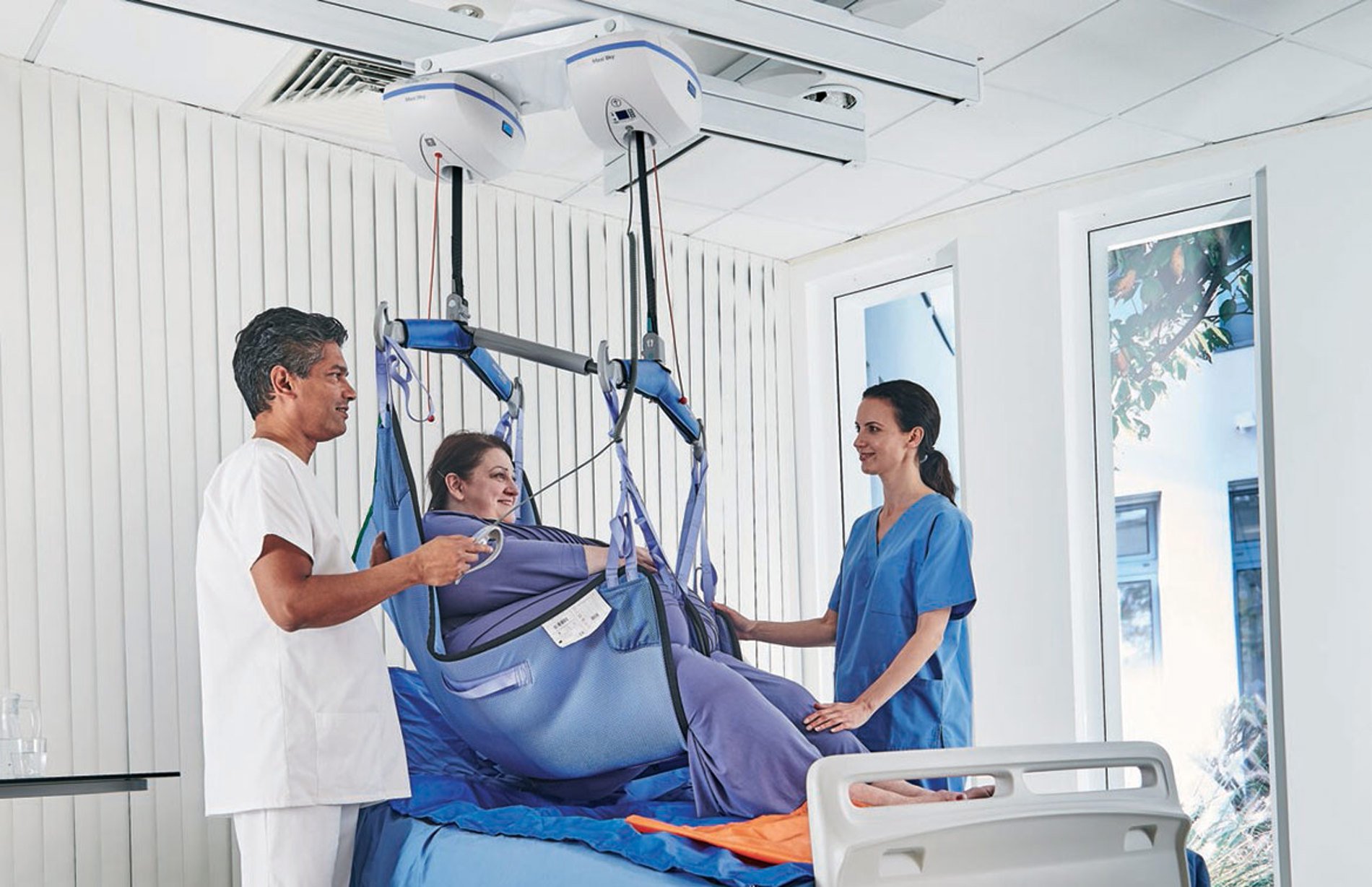Bariatric care challenges and solutions
The Centers for Disease Control and Prevention notes that obesity is a national epidemic affecting more than one in three adults, causing higher medical costs and a lower quality of life.1,2

Obesity has long been recognized by the American Medical Association as a “disease requiring a range of medical interventions to advance obesity treatment and prevention.”³ The goal of these interventions should focus on changing the stigma of obesity that it is only the outcome of excessive overeating, lack of exercise and inactivity. There are many factors that may contribute to obesity, such as genetics, cultural practices, and environmental, socioeconomic, pathophysiological, as well as physical factors.
Hospitalized obese patients typically have a longer length of stay, higher morbidity rates and increased likelihood for discharge to a nursing home. Caring for the obese patient also presents challenges for the patient, caregivers, and healthcare facilities because weight and body mass of an obese patient may increase the risk of injury during patient handling and movement tasks. Obese patients also have the potential for skin conditions as larger skin folds can trap heat and moisture. The increased weight of skin folds can make cleaning and drying problematic and ineffective, causing increased pH of the skin which may increase the potential for skin breakdown.
Frequently, obese patients may have poor mobility and/or immobility that can lead to pressure injury development and poor wound healing, as well as development of cardiac and respiratory complications, and increased risk of deep vein thrombosis (DVT).
Arjo is committed to improving the lives of those affected by reduced mobility and age-related health challenges. Our bariatric solutions include therapeutic support surfaces and medical beds, patient handling & mobility aids, hygiene care and intermittent pneumatic compression systems for the prevention of DVT.
Download our Bariatric Solutions Brochure to learn more about our comprehensive bariatric care solutions that ensure you and your facility are equipped to provide safe and dignified care for your plus size patients.
References:
- Centers for Disease Control and Prevention Vital Signs. Aug 2010. http://www.cdc.gov/vitalsigns/pdf/2010-08-vitalsigns.pdf
- American Medical Association. Person-first, preventive approach needed to tackle obesity. July 2017. https://www.ama-assn.org/delivering-care/public-health/person-first-preventive-approach-needed-tackleobesity
- Obesity Medicine Association. AMA House of Delegates Adopts Policy to Recognize Obesity as a Disease. June 2013. https://obesitymedicine.org/ama-adopts-policy-recognize-obesity-disease